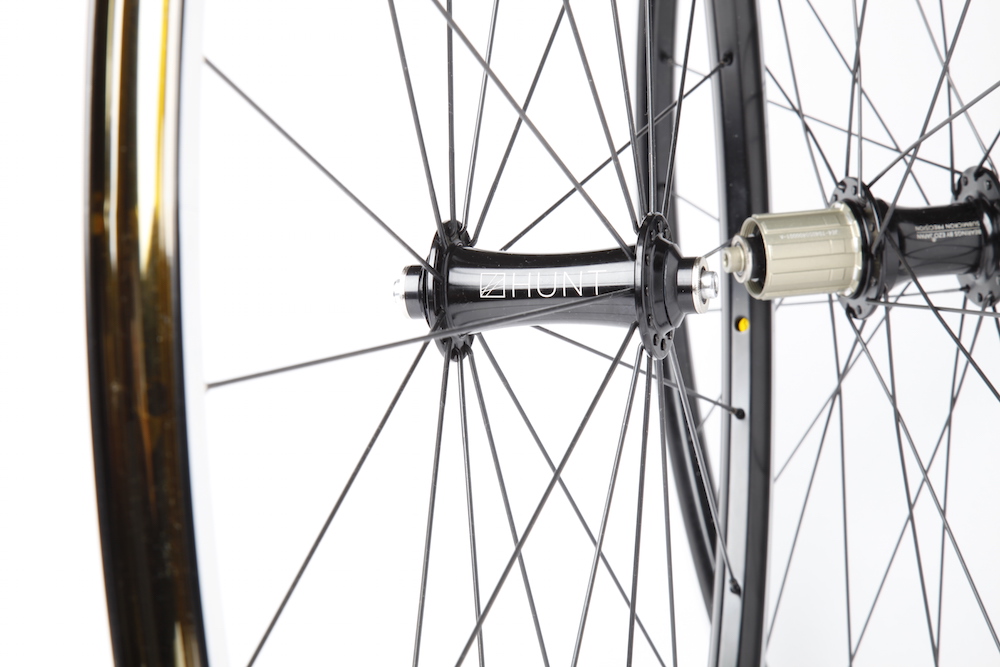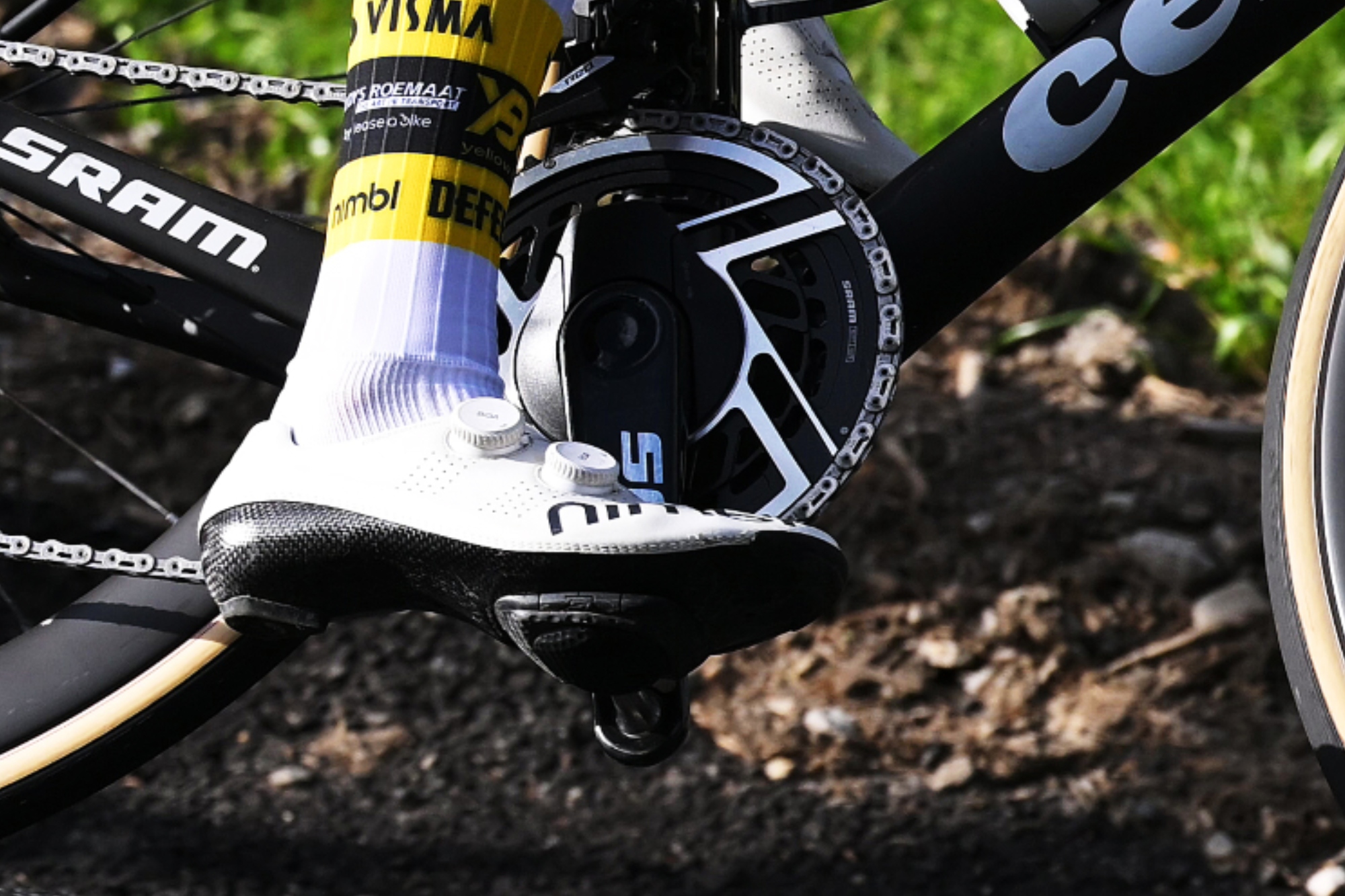Here's the key things you need to look for in a top set of winter wheels (video)
Winter wheels are essential not only to keep your best summer gear from being destroyed but also to ensure you keep on riding faultlessly throughout the winter

Promotional feature with Hunt wheels
Equipment priorities change with the clocks and a poor choice could have you literally grinding to a halt. In winter it’s essential that your wheels are up to the job.
Forget about featherweight carbon — winter wheels are all about strength, stability and reliability. And ideally they need to be cheap enough to replace without too much heartache — you never know when you might destroy one on the edge of a flooded pothole.
When we reviewed it we gave Hunt’s 4Season Aero wheelset a perfect 10. They then went on to win our winter wheels grouptest last year because they tick all the boxes for winter riding. They stood up to a battering over the course of a number of months’ testing, remaining straight and true.
We originally fitted them with a set of unfashionably narrow 23mm tubeless tyres, but even these sat like a pair of 25s. A set of 25mm or 28mm tyres would improve the ride further still.
Four wheel checks
Rim wear
If you’re running rim brakes, the winter road grime that gets under your pads can act like sandpaper and drastically shorten the life of your rims. Many manufacturers’ rims have a wear indicator highlighting when the sidewall becomes too thin. For rims without an indicator, use a depth gauge to check that the wear on each side is not more than 0.4mm! Though of course, with disc brake wheels you don’t need to worry about this1
Tyres
Head off potential punctures by getting into the habit of checking tyres for cuts, embedded flints or pieces of glass before you set off and be sure to carry a piece of ‘boot’ material in your saddle pack in case a tyre gets badly slashed. There are commercial boots, but a rectangle of old tyre casing will do. In an emergency a gel wrapper will do a boot’s job of stopping the tube from bulging through the hole.
Bearings
If bearings are worn, side-to-side play will develop or they will feel ‘graunchy’ when the wheel is spun. Cup-and-cone bearings are serviceable if you have cone spanners and know what you’re doing; cartridge bearings are replaceable.
Spokes
Check for loose spokes as often as you can by gently but firmly squeezing two adjacent spokes together. If you come across one that’s noticeably looser than the others and you’re confident with a spoke key, tighten it up before spinning the wheel to check it still runs true.
Nipple Material
Alloy spoke nipples are great for riding in dryer weather and save significant weight but for winter riding, especially on salt gritted roads, the corrosion resistance of brass nipples is highly advised by wheel builders.
The latest race content, interviews, features, reviews and expert buying guides, direct to your inbox!
Symon Lewis joined Cycling Weekly as an Editorial Assistant in 2010, he went on to become a Tech Writer in 2014 before being promoted to Tech Editor in 2015 before taking on a role managing Video and Tech in 2019. Lewis discovered cycling via Herne Hill Velodrome, where he was renowned for his prolific performances, and spent two years as a coach at the South London velodrome.
-
 USA Cycling unveils 2026 National Championship schedule with 21 events throughout the year
USA Cycling unveils 2026 National Championship schedule with 21 events throughout the yearFrom cycling eSports in January to cyclocross in December, here are the dates and locations for the 2026 season
-
 Visma-Lease a Bike spends thousands each season buying its own pedals — here’s why
Visma-Lease a Bike spends thousands each season buying its own pedals — here’s whyDespite having component sponsors, the WorldTour team purchases Speedplay pedals outright. The “wildly misunderstood pedal" has become a quiet constant inside the team’s setup